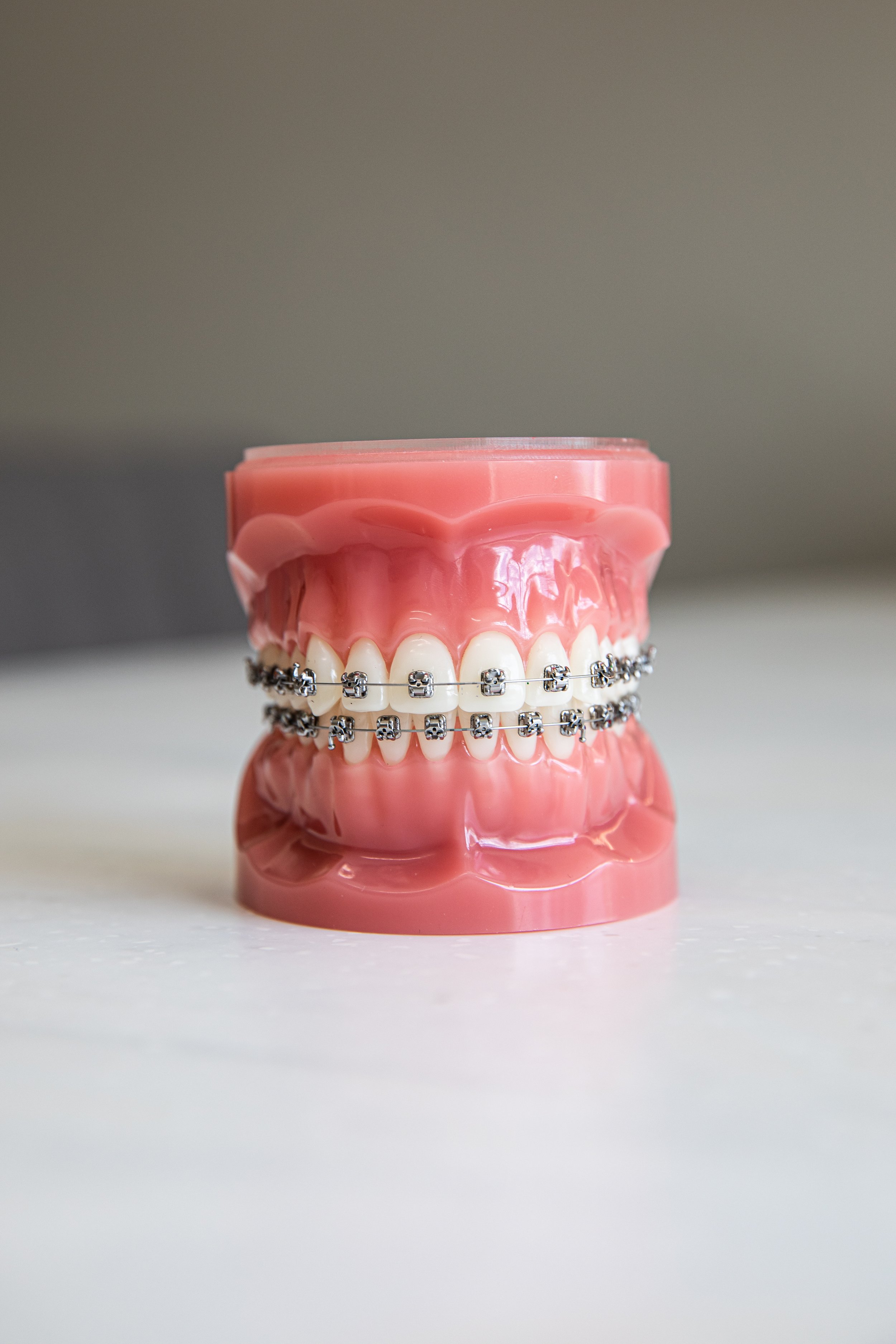
The Right Age for Orthodontic Treatment
Orthodontists today can successfully correct most problems regardless of the patient’s age. However, that does not mean that the orthodontic treatment starting age does not matter. In fact, it may play a significant role in the total time and expenses required for the completion of orthodontic treatment.
When most people think of orthodontics, they think of teenagers. The fact is, most orthodontic treatment begins between the ages of 9 and 14; but, by age 7, most children have a mix of adult and baby teeth. Orthodontists can spot subtle problems with jaw growth and emerging teeth while some baby teeth are still present. This is important because some orthodontic problems are easier to correct if found early.
This is why the American Association of Orthodontists (AAO) recommends that children get an orthodontic check-up no later than age 7. While your child's teeth may appear to be straight, there could be a problem that only an orthodontist can detect. Of course, the check-up may reveal that your child's mouth is fine, which can be comforting news.
In some cases, Dr. Elison might find a problem that can benefit from early treatment. Early treatment may prevent more serious problems from developing, and may make treatment at a later age shorter and less complicated. Typically, early treatment involves the use of orthodontic appliances to guide the growth of young bones and create a better environment for adult teeth as they emerge. In some cases, the orthodontist will be able to achieve results that wouldn't be possible once the face and jaws have finished growing.
Early treatment gives your orthodontist the chance to:
Guide jaw growth
Lower the risk of trauma to protruded front teeth
Correct harmful oral habits
Improve appearance and self-esteem
Guide permanent teeth into a more favorable position
Improve the way lips meet
